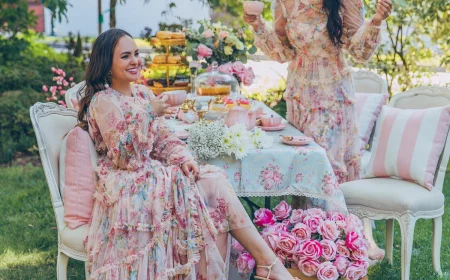Your Ultimate Guide to Choosing and Caring for Fall Jewelry
After years spent at the jeweler’s bench, surrounded by metals and stones, you start to see the seasons differently. It’s not just about the weather changing; it’s about a shift in light, texture, and mood. When that crisp autumn air rolls in, I see people do more than just pull out their cozy sweaters—they instinctively reach for different jewelry. The delicate silver chains of summer get swapped for warmer, more substantial pieces that feel just right.
In this article
This isn’t about fleeting trends that you’ll forget by next year. It’s about getting the connection between your jewelry and the season. It’s about picking pieces that look amazing against heavier fabrics and rich colors, but also feel perfect in the warm, low light of a fall afternoon. So, I want to share some of the practical stuff I’ve learned from years of making, fixing, and helping people choose jewelry. We’ll get into the right materials, how to get a perfect fit, and the essential care tips to make sure your favorite pieces last for many autumns to come.
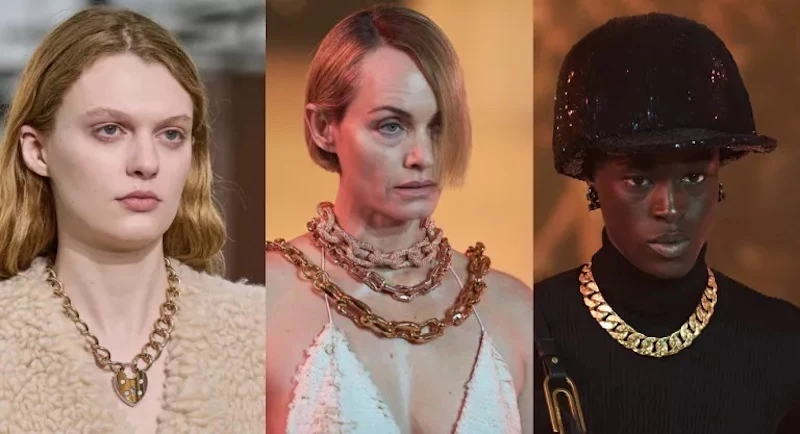
Why Certain Metals Just Work Better in the Fall
Okay, let’s talk about light. It’s a core part of jewelry making that most people don’t think about. Autumn light is just… different. It’s lower in the sky and has this incredible golden quality you don’t get in summer. This has a huge effect on how metals and gems look.
Metals like yellow gold, bronze, and copper have a natural warmth that absolutely comes alive in this light. Their surfaces basically soak up the cooler blue lightwaves and reflect back all those gorgeous yellows, oranges, and reds. It creates a rich, beautiful glow that complements the season. On the flip side, cooler metals like platinum and sterling silver can sometimes look a bit stark or washed out against fall’s softer palette. This is why a simple bronze cuff or a classic 14k gold chain often feels so much more at home with an autumn wardrobe.

From a practical standpoint, these warmer metals are fantastic. For context, a quality handmade bronze cuff might run you anywhere from $75 to $200, making it an accessible and stylish choice. 14k gold is, of course, a timeless investment. A classic chain of a similar visual weight could be in the $400-$900 range, but it’s something you’ll have forever. By the way, I often steer people toward 14k gold over 18k for daily-wear pieces; its alloy mix gives it a slightly rosier hue and makes it more durable.
Picking Gemstones That Pop
Just like with metals, the right gemstone can make all the difference. You want stones with warm colors or a bit of internal fire. Here are a few that perform beautifully:
- Citrine: This sunny quartz ranges from pale yellow to a deep, toasty orange. A well-cut citrine will just sparkle and glow, even on a cloudy day. Look for good clarity!
- Carnelian: This stone has a soft, waxy glow rather than a sparkle, offering a gentle warmth in shades of orange and red-brown. It’s also pretty durable (around a 7 on the Mohs hardness scale), making it great for rings and bracelets.
- Garnet: Most people think of garnet as just red, but it comes in a whole range of fall colors, from deep reds to fiery oranges. They have a brilliant sparkle that looks amazing against a textured wool sweater.
- Amber: Honestly, amber is the unofficial stone of autumn. It’s technically fossilized tree resin, and its organic warmth is just perfect. Heads up, though: it’s very soft, so it scratches easily. Always store your amber jewelry in a soft pouch away from other, harder pieces.
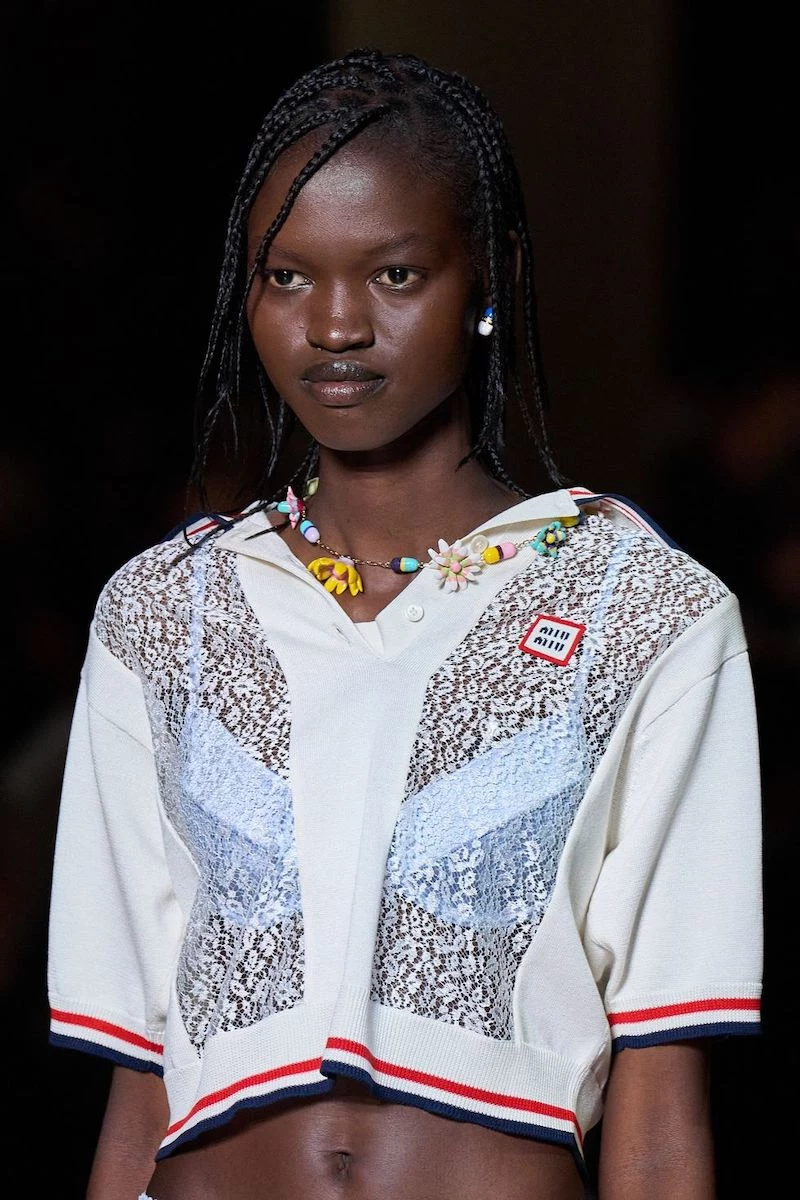
Pro Tips for Nailing the Fit and Function
Choosing the right piece is about more than just looks. It’s about proportion and how it works with what you’re wearing. I’ve seen so many people buy something they end up never wearing because it was just impractical. Let’s avoid that.
Choosing the Right Necklace for Fall Necklines
Autumn means turtlenecks, collars, and crew-neck sweaters. Your chain length is everything.
- 18-20 Inches: This is your workhorse length. It sits right below the collarbone and looks great with crew necks or peeking out from a collared shirt.
- 22-24 Inches: This is my top pick for wearing over thicker sweaters. It gives you enough length for a nice drape, so your pendant doesn’t get lost in the fabric.
- 30+ Inches: Long chains are amazing for styling. Wear it as a single strand or double it up for an instant layered look over a simple dress.
A quick tip on quality: Always, always look at the clasp. A flimsy little spring-ring clasp on a substantial chain is a major red flag. For any chain with some weight to it, you want a lobster claw clasp. It’s more secure and way easier to handle, especially when your fingers are cold.
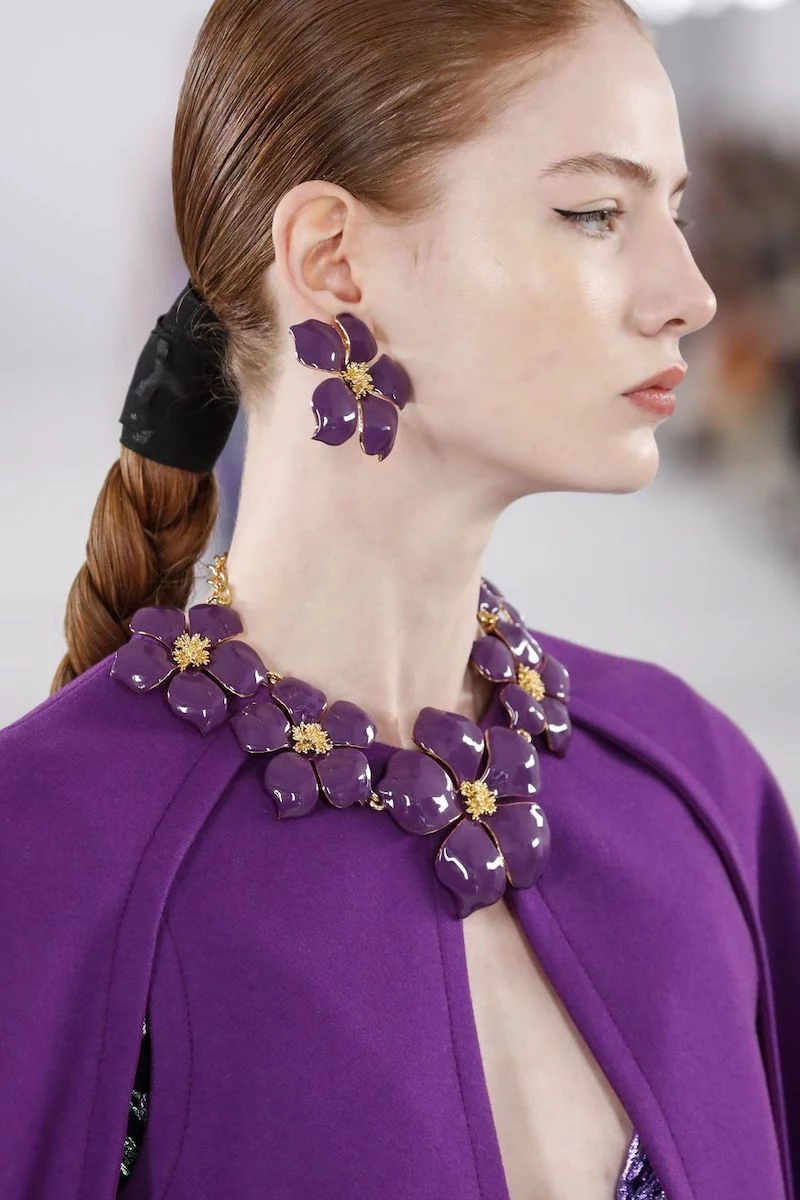
The Art of a Perfectly Fitted Cuff
A cuff bracelet should feel secure, not like a bangle that’s constantly spinning around. A common mistake is buying one that’s too big. Quick tip: Grab a piece of string, wrap it around the narrowest part of your wrist (just behind the bone), mark it, and then measure the string with a ruler. That’s your wrist size! A well-fitted cuff should have an opening of about 1 to 1.5 inches, allowing you to slide it on sideways and then turn it into place.
And here’s a critical warning: NEVER bend a metal cuff open and closed every time you wear it. I once had a client bring me her favorite cuff in two pieces. She’d been doing that every day for a year. It causes something called metal fatigue—tiny, invisible cracks that eventually cause the metal to snap. It was a heartbreakingly difficult repair. A properly sized cuff shouldn’t need adjusting.
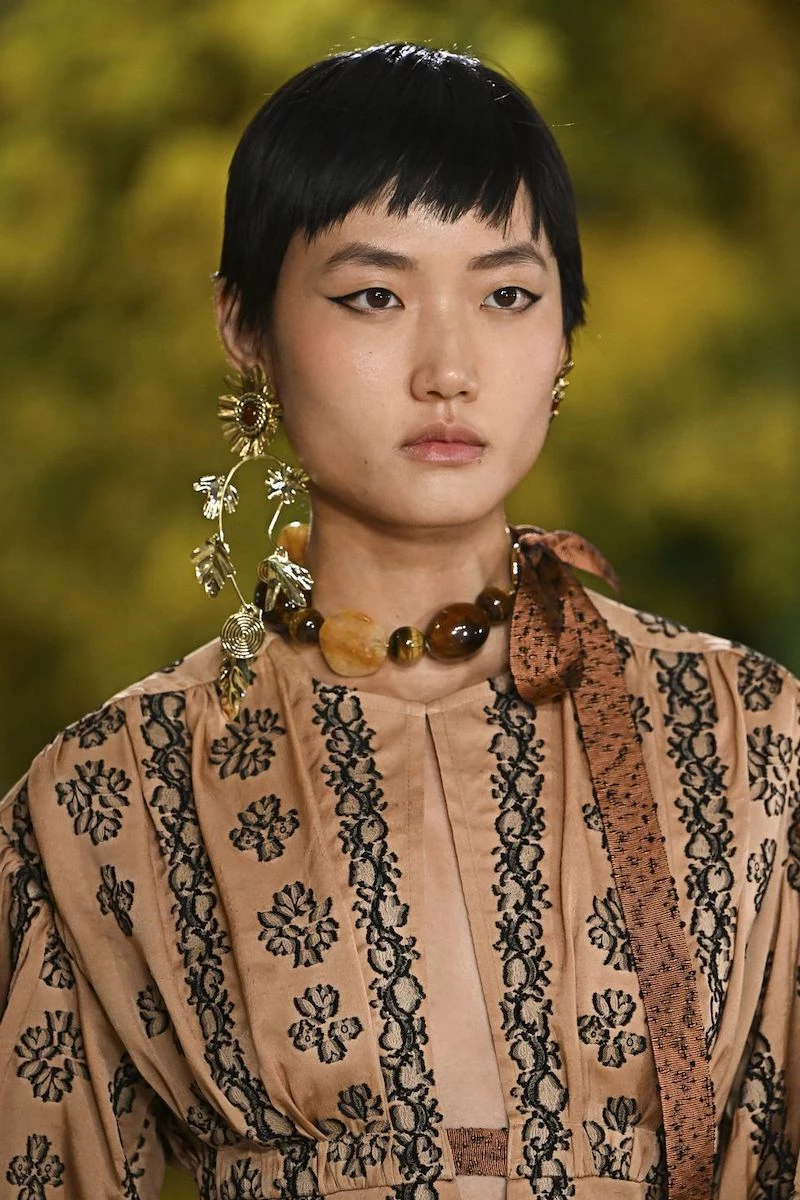
Earrings That Won’t Get Lost in Your Scarf
Scarves, hats, high collars… autumn is prime time for losing an earring. Simple studs are always a safe bet, but if you love hoops or drop earrings, the closure is key.
Lever-backs are my number one recommendation for fall and winter. They have a hinged back that closes completely, making them almost impossible to lose. Latch-backs on hoops are also super secure. If you prefer standard post earrings, do this little check right now: if the back (the little nut) slides on and off the post too easily, it’s a problem waiting to happen. You can use your fingernails to gently squeeze the two little scrolls closer together to tighten the fit. There, you just made it 10x more secure!
How to Layer and Mix Metals Like a Pro
That old rule about not mixing metals? It’s long gone. But doing it well takes a little strategy. The easiest way to pull it off is with a “bridge piece”—a single item, like a ring or bracelet, that already incorporates both silver and gold. It instantly ties everything together.
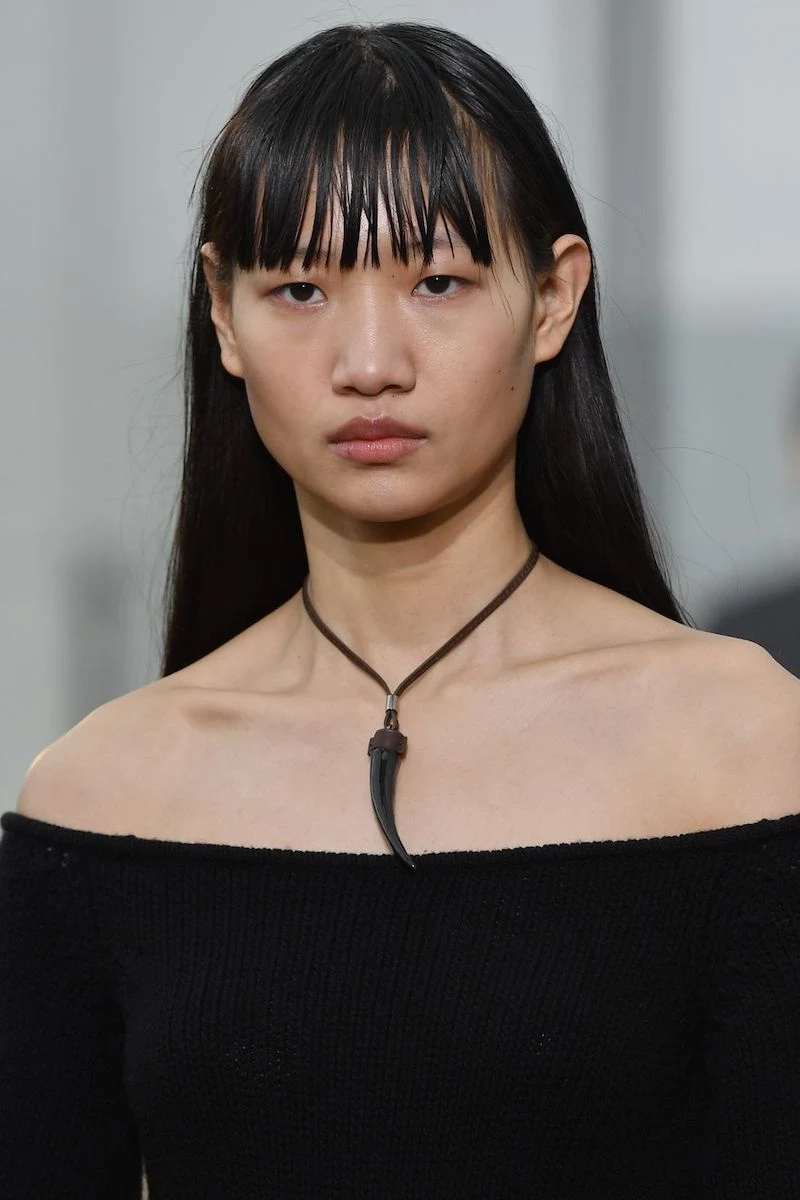
When it comes to layering necklaces, the key is variety in length, weight, and texture. A simple formula I suggest is the rule of three: a short, fine chain as your foundation; a second, slightly longer necklace with a small pendant as your focal point; and a third, much longer and heavier chain to anchor the whole look.
Keeping Your Jewelry Looking Its Best
Proper care is not optional—it’s what keeps your pieces beautiful. Lotions, perfumes, and even just the air can take a toll.
- Gold & Platinum: A simple bath in warm water with a few drops of mild dish soap is perfect. Use a baby toothbrush to gently get behind settings, then rinse and dry with a soft cloth.
- Sterling Silver: For light tarnish, a silver polishing cloth is your best friend. For heavier buildup, use a quality silver paste but keep it away from any gemstones. Pro-tip: you can buy inexpensive anti-tarnish strips to tuck into your jewelry box. They really work!
- Bronze & Copper: These metals develop a patina, which is beautiful, but if you prefer a bright finish, you can make a simple paste with lemon juice and baking soda. Gently rub it on, rinse with water, and dry completely. If you get that harmless green mark on your skin, a jeweler can apply a clear lacquer to the inside of the piece to create a barrier.
- Porous Materials (Pearls, Amber, Wood): Never use chemicals on these. Just wipe them with a soft, damp cloth. Remember the golden rule: jewelry should be the last thing you put on and the first thing you take off.
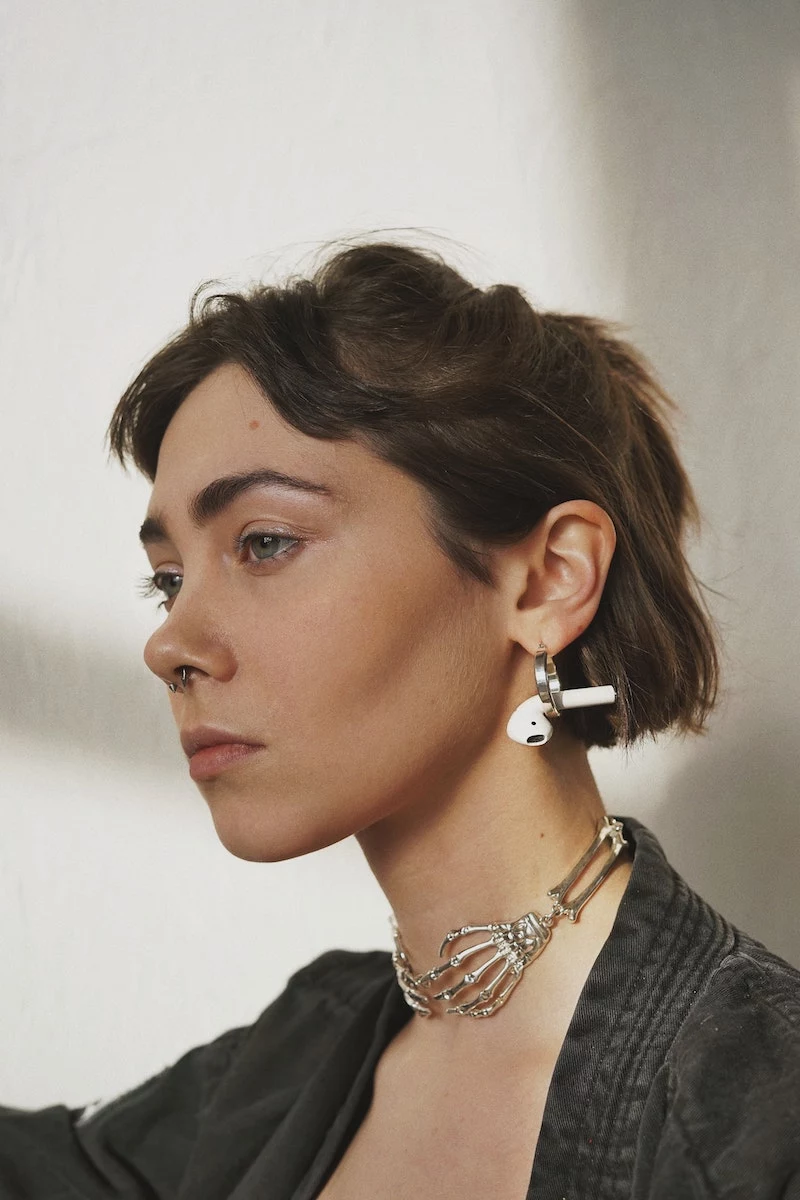
When to Call in a Professional (and How to Find One)
Some jobs are just not DIY. If you have a loose stone (you can literally hear it clicking), a broken clasp, or need a ring resized, take it to a jeweler. Seriously. Tightening a loose prong is often an inexpensive fix, maybe $20-$40, and it can save you hundreds by preventing a lost stone.
But how do you find someone you can trust? Look for green flags: an established local shop with good online reviews, a jeweler who does repairs on-site (not sending them out), and someone who is happy to answer your questions without pressure. A red flag is a place that pushes for a sale over providing information. A great local jeweler is a craftsperson, not just a salesperson, and building a relationship with one is one of the best things you can do for your collection.
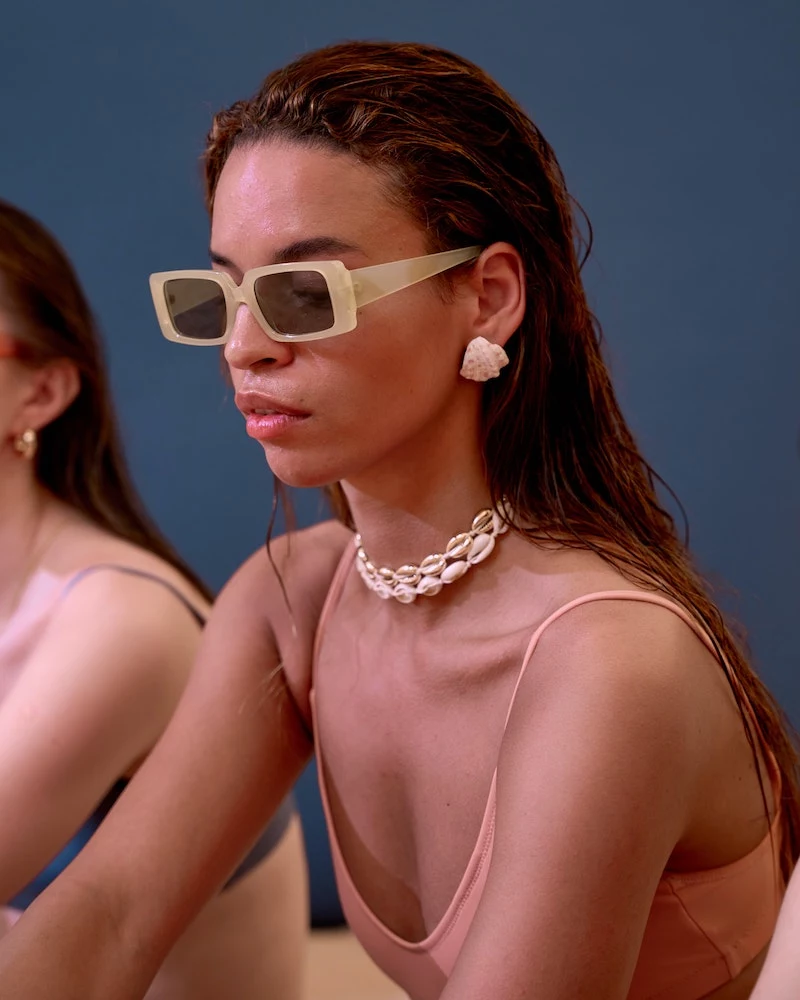
Inspiration:
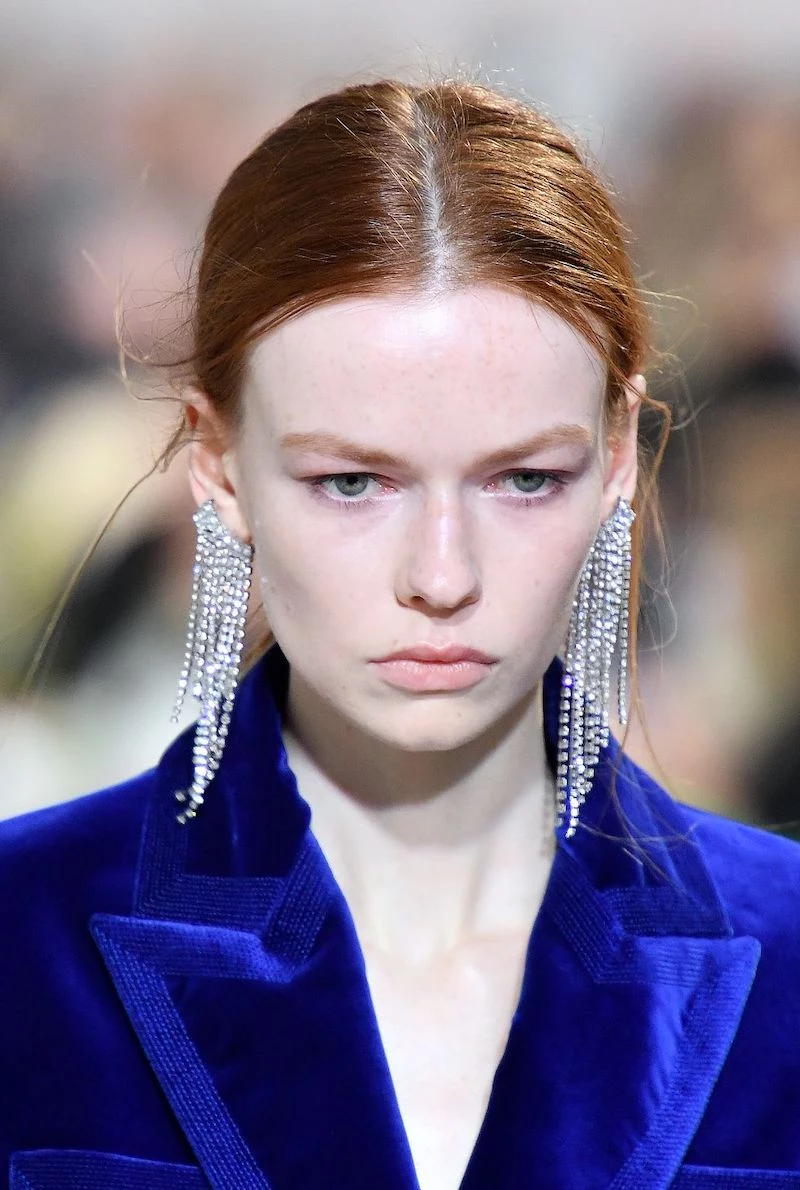
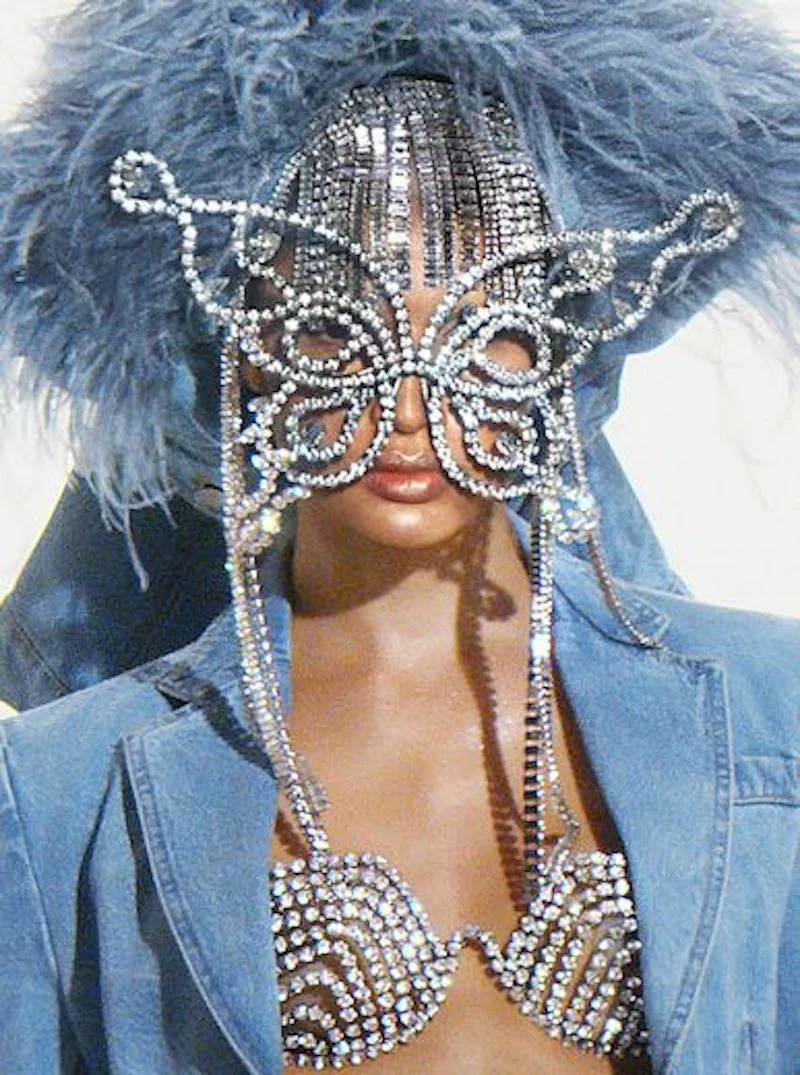
How do you get the warm, luxe look of gold without the solid gold price tag?
Explore gold vermeil and gold-filled pieces. Gold vermeil, a thick plating of gold over sterling silver, offers a high-quality finish perfect for statement earrings or pendants. Brands like Missoma and Monica Vinader excel in creating durable vermeil jewelry. For everyday wear, gold-filled is even more robust, as the gold layer is mechanically bonded to the base metal, making it resistant to tarnish and wear—ideal for a chain you’ll live in all season.
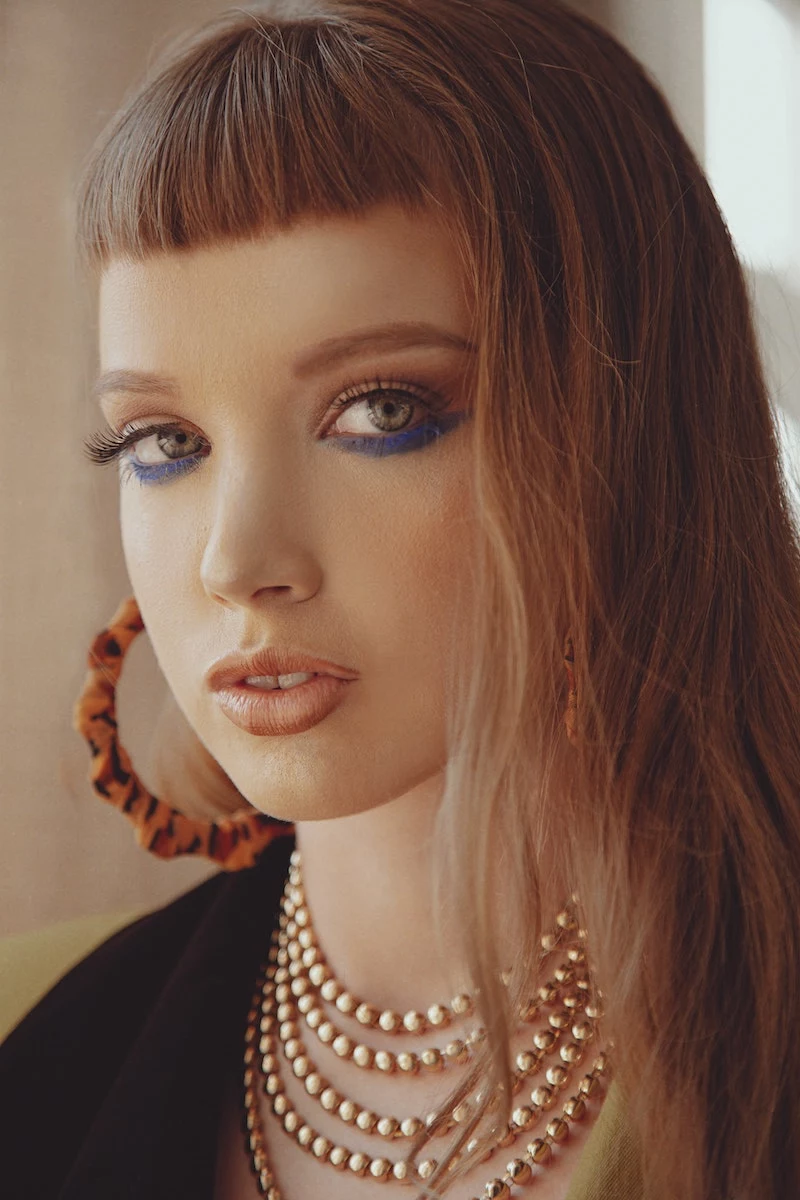
- Adds an immediate, satisfying weight to your wrist.
- Creates a subtle, warm sound with every movement.
- Pairs beautifully with the texture of cashmere and wool.
The secret? A single, bold cuff bracelet. Whether it’s hammered bronze, polished brass, or a sculptural piece from a designer like Jennifer Fisher, a substantial cuff is the easiest way to make your fall wardrobe feel intentional and complete.
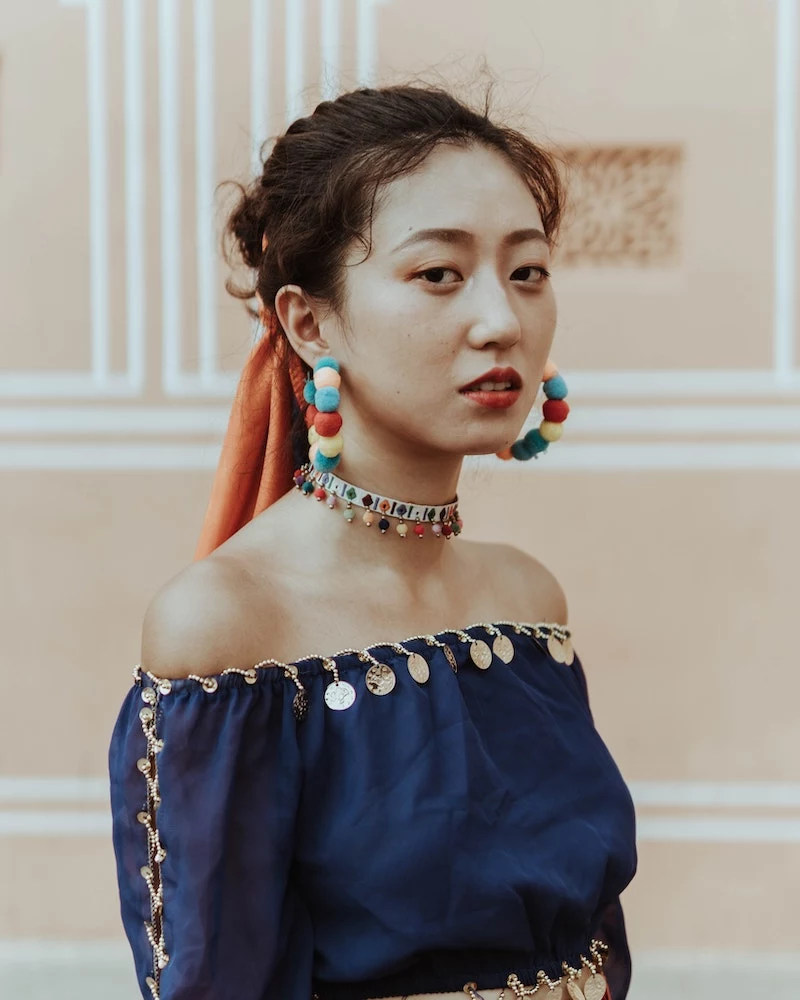
The oldest amber discovered dates back to the Upper Carboniferous period, approximately 320 million years ago.
This deep, organic history is what gives amber its unique soul. It’s not a cold, mined stone but rather warm, fossilized resin that feels alive. Its incredible lightness makes it perfect for substantial, statement-making pieces that won’t weigh you down, capturing the golden hues of autumn light in its ancient core.
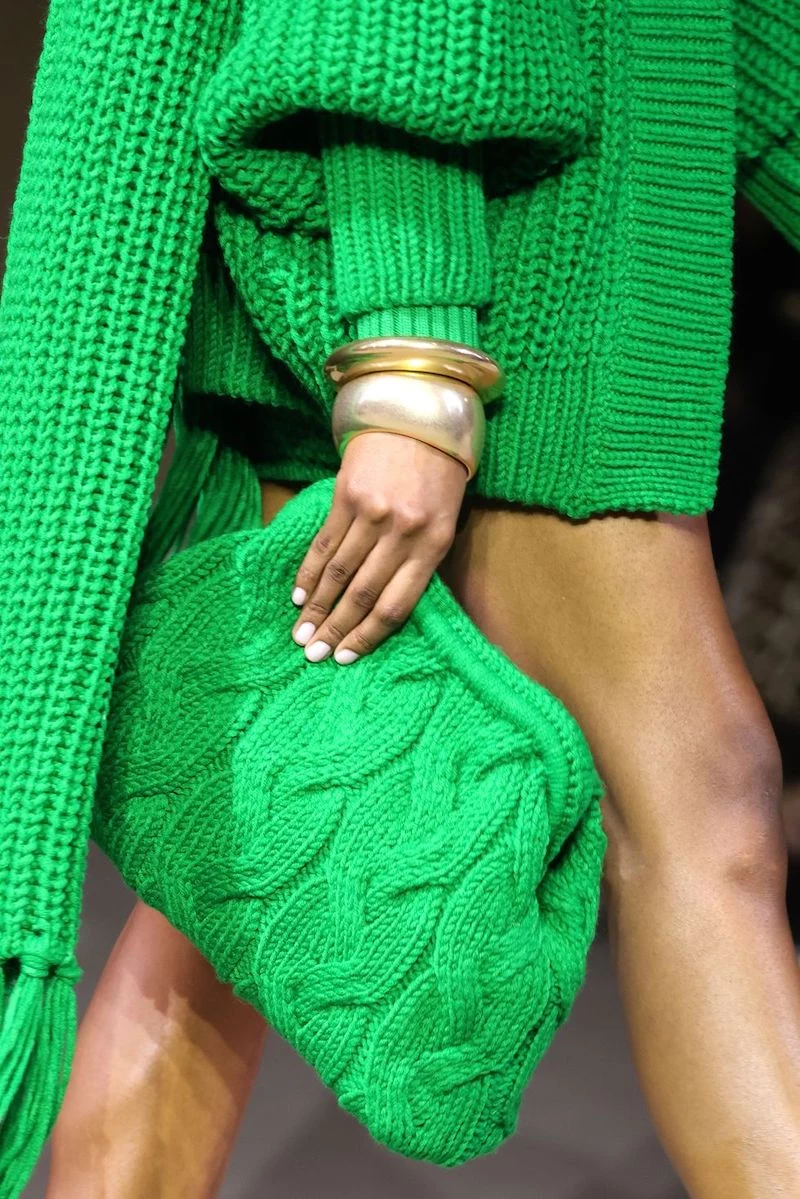
A key fall styling mistake: Forgetting that your jewelry needs to stand up to your clothes. A delicate, fine chain that looked perfect against a summer slip dress can get lost or, worse, snagged and broken on a chunky cable-knit sweater or a heavy tweed jacket. Autumn is the time to embrace more robust chains, sturdier settings, and bolder silhouettes that complement heavier fabrics.
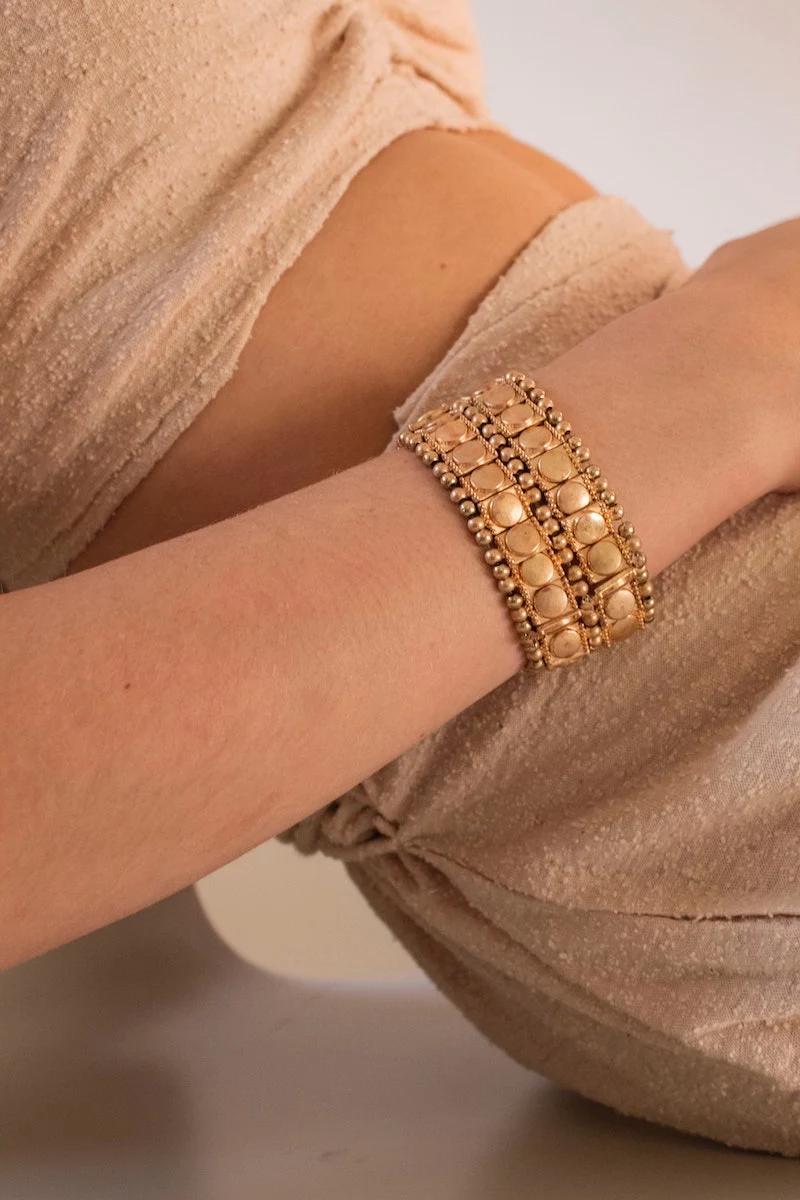

Beyond metals, consider the quiet power of leather and wood. A braided leather bracelet or a necklace featuring polished wooden beads can introduce an earthy, tactile element that perfectly complements the season’s natural-fiber textiles. They offer a grounded, rustic elegance that shiny metals sometimes can’t, feeling both cozy and chic against a simple wool sweater.
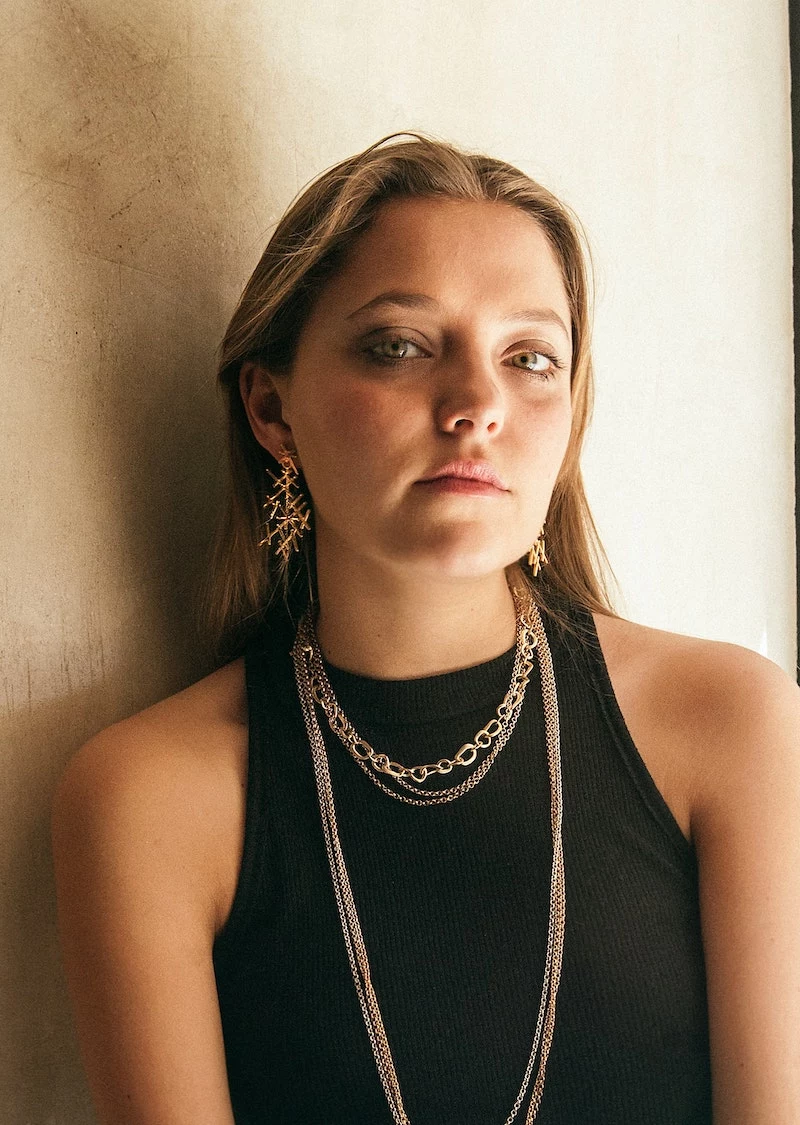
The brooch is back, and it’s the perfect accessory for fall’s layered looks. Forget stuffy, old-fashioned notions; think of it as a versatile piece of hardware for your wardrobe.
- Pin a sculptural, vintage-inspired brooch onto the lapel of a wool blazer.
- Use an elegant pin to fasten a chunky knit scarf in place.
- Add a cluster of smaller, themed pins from a brand like Pintrill to the pocket of a denim or corduroy jacket for a touch of personality.
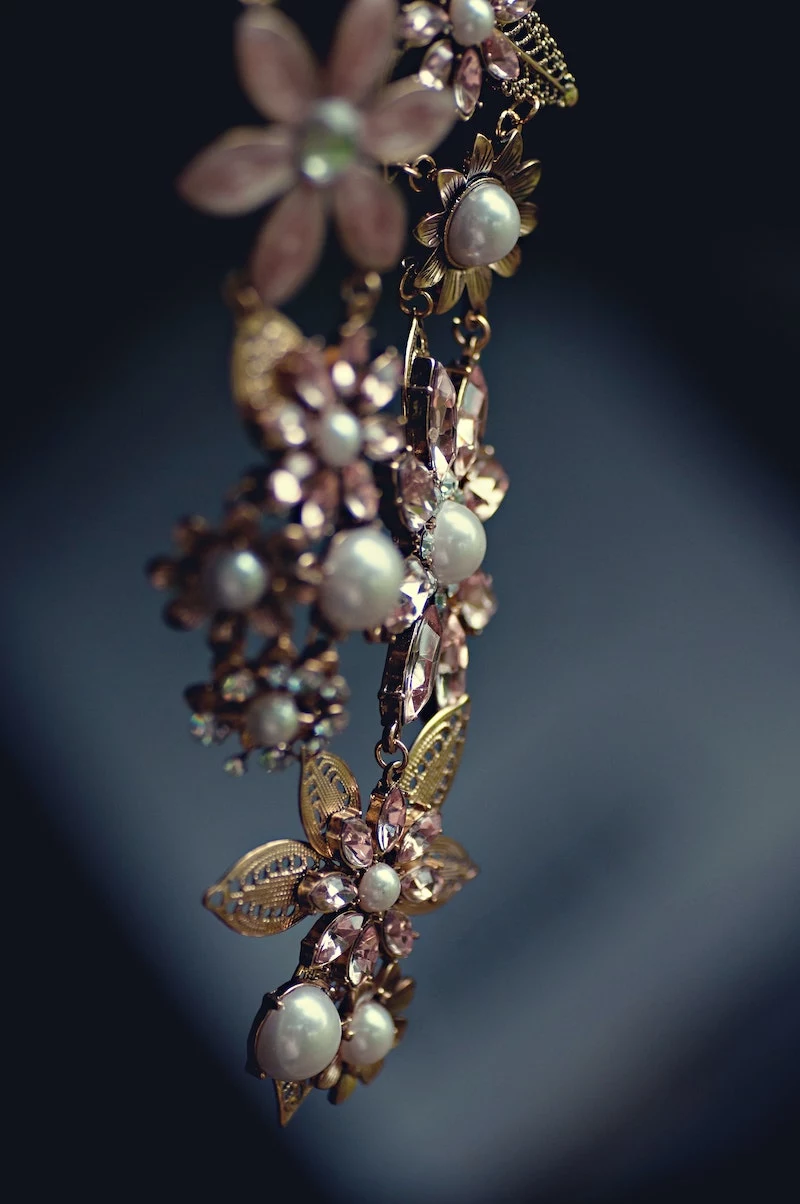
Caring for your warmer-toned jewelry, especially bronze and copper, is key to keeping its glow. These metals naturally oxidize, but you can easily manage their patina.
- For a quick polish, a paste of lemon juice and baking soda will restore shine.
- For deeper cleaning, a commercial polish like Brasso works wonders, but use it sparingly.
- After wearing, wipe pieces with a soft cloth and store them in an anti-tarnish bag to slow oxidation.
The Turtleneck Stack: For a high-neck sweater, opt for a mix of longer chains of varying thicknesses. Let them drape over the fabric, creating a metallic cascade that adds dimension. A ‘snake’ chain paired with a heavier rope chain works beautifully.
The Open-Collar Layer: With a V-neck or an open-collared shirt, you have skin as your canvas. Start with a short, delicate choker and add two other pieces that fall at different points, with the longest holding a small, weighty pendant to anchor the look.






